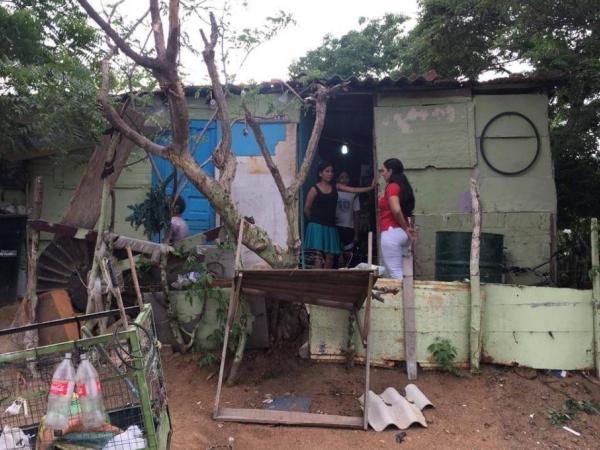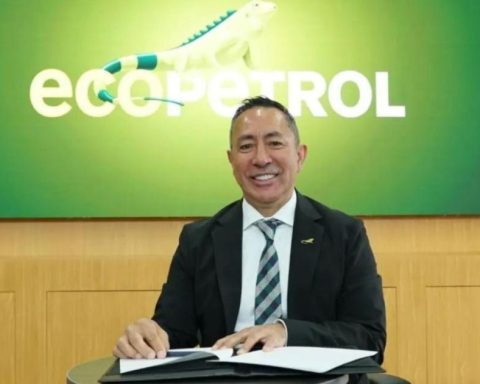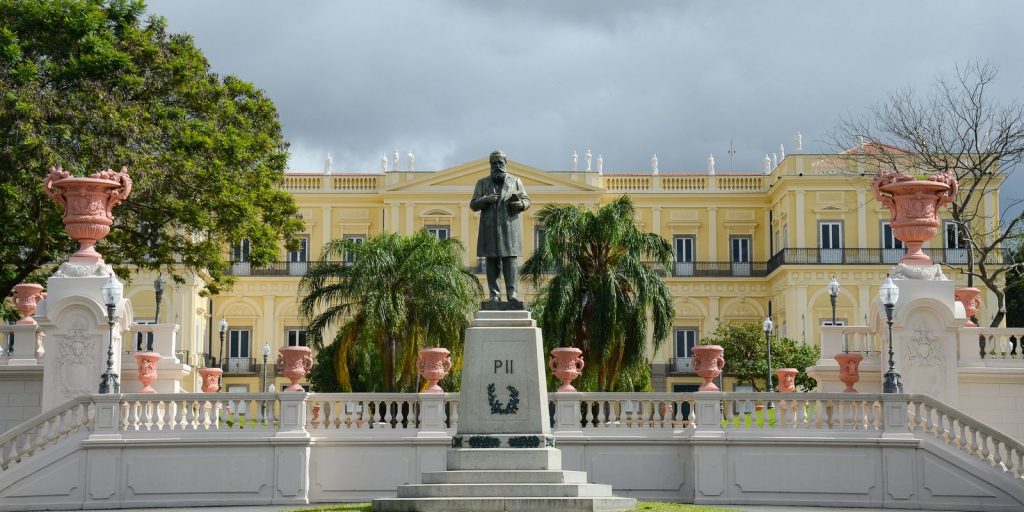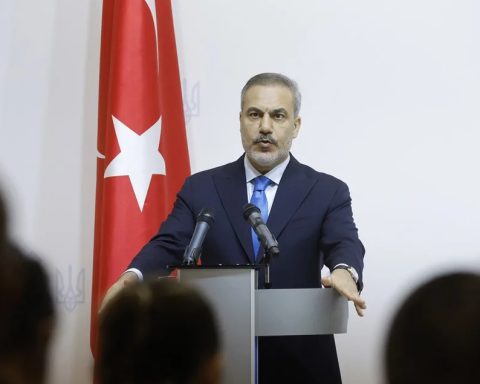One of the recent victories of the local economy in recent months was the reduction of monetary poverty in 2023, the year in which 1.6 million Colombians left this condition behind after improving their income. In the case of extreme monetary poverty, Dane reported that it went from 13.8% in 2022 to 11.4% last year.
Currently, anyone earning less than $218,846 is considered to be in extreme monetary poverty, while anyone earning more than $435,375 per month is considered to be in monetary poverty. While there are other indicators such as multidimensional poverty, this approach allows us to understand the income status of Colombian households.
More news: It’s official: Jorge Andrés Carrillo Cardoso takes over as the new president of ISA
One of the first to celebrate this data, known in mid-July, It was President Gustavo Petro who stated that they are the fruit of the efforts of the policies he has been implementing to ensure that more and more Colombians are no longer affected by this problem.
Departmental poverty
Based on the above, in recent days the DANE presented an update on the state of poverty by department, and there we can see a reality that has been much talked about, but that despite the efforts of regional and national authorities, remains in force, affecting the most remote territories.
Poverty
Juan Carlos Escobar – The Time
Based on the fact that in 2023, three out of 10 Colombians were in a condition of monetary poverty, the statistical authority reported that the departments that presented the highest percentage of people in a situation of monetary poverty in each region were: La Guajira, with 65.3%, for the Caribbean region; Norte de Santander with 37.0% for the Eastern region; Tolima with 38.1% for the Central region; and Chocó, with 67.7% for the Pacific region.
Furthermore, if we take into account that in the national view, Chocó, La Guajira, Sucre, Cesar, Córdoba, Magdalena and Bolívar have the highest records, it can be inferred that the most remote areas are those that currently have the highest levels of poverty. Likewise, it must be said that this indicator does not have records for departments such as Amazonas, Putumayo, Guainía, Vichada or Arauca.
You may be interested in: Women and young people are the most affected by job losses
“The largest increase in monetary poverty compared to the previous year was “This occurred in Cauca, where the incidence rose from 41.7% to 45.3%, and Chocó, where poverty increased from 66.7% to 67.7%. The departments that stood out for the reduction in monetary poverty were: Bolívar, where it decreased from 56.0% to 46.6%, and Atlántico, where it decreased from 37.7% to 29.2%,” said Dane.
On the other hand, the departments that presented the lowest levels of incidence of monetary poverty in each region were: Atlántico, with 29.2%, for the Caribbean region; Cundinamarca with 21.5% for the Eastern region; Caldas with 22.3% for the Central region; and Valle del Cauca, with 26.6% for the Pacific region.
Extreme poverty
Extreme monetary poverty in 2023 also fell and stood at 11.4%; however, In the Dane accounts, it can be seen that there are areas where this indicator is located at levels up to three and four times higher, even showing strong increases compared to 2022, with the characteristic that they are also on the periphery.

Poverty
The Weather
“The departments with the highest percentage of people in extreme monetary poverty in each region were: La Guajira, with 40.6%, for the Caribbean region; Boyacá with 12.0% for the Eastern region; Tolima with 15.8% for the Central region; and Chocó, with 43.5% for the Pacific region,” the report reads.
The National Administrative Department of Statistics also revealed that the largest increases in this scourge occurred in La Guajira, where the incidence rose from 37.1% to 40.6% and again ranked in the dishonorable first places. This is followed by Quindío, where it increased from 6.4% to 7.8%; while the territories that stood out for the reduction of poverty monetary were: Bolívar, where it decreased from 23.6% to 15.9%, and Sucre, where it decreased from 25.9% to 19.9%.
Read also: Shein lands in Colombia: see what this popular Chinese retailer is all about
The list of increases also includes Cesar, where the rate went from 21.7% to 22.7%; Cauca, which recorded an increase from 17.6% to 18.6%; and Tolima, where in 2022 it was at 15.6% and last year it closed at 15.8%. Although factors such as the slowdown have been decisive for this to happen, some experts point out that the greatest responsibility lies in the disconnection between the center of the country and the periphery.
María Claudia Llanes, an economist at BBVA Research, explains that it is also It should be noted that the reduction in poverty in 2023 was not uniform and that by area, it was greater in the countryside, where it fell by 4.7 percentage points compared to 3.2 percentage points in cities; while at the urban level, Cúcuta, one of the cities with the highest poverty among the main capital cities, observed the greatest reduction in poverty, of almost 7 percentage points.
“Despite improvements over the past year, the gaps remain wide, with urban poverty at 31% compared to 41% in rural areas; 40% in households headed by young people under 25 years of age, compared to 26% of those headed by people over 56 years of age; and 40% in those with a self-employed worker or employer as head of household, compared to 19% if the worker is a wage earner,” he said.
Finally, regarding the departments that presented the lowest levels of incidence of extreme monetary poverty in each region, the Dane indicated that the list includes Atlántico, with 6.5%, for the Caribbean region; Cundinamarca with 8.2% for the Eastern region; Caldas with 6.0% for the Central region; and Valle del Cauca, with 9.1% for the Pacific region.
PORTFOLIO
















